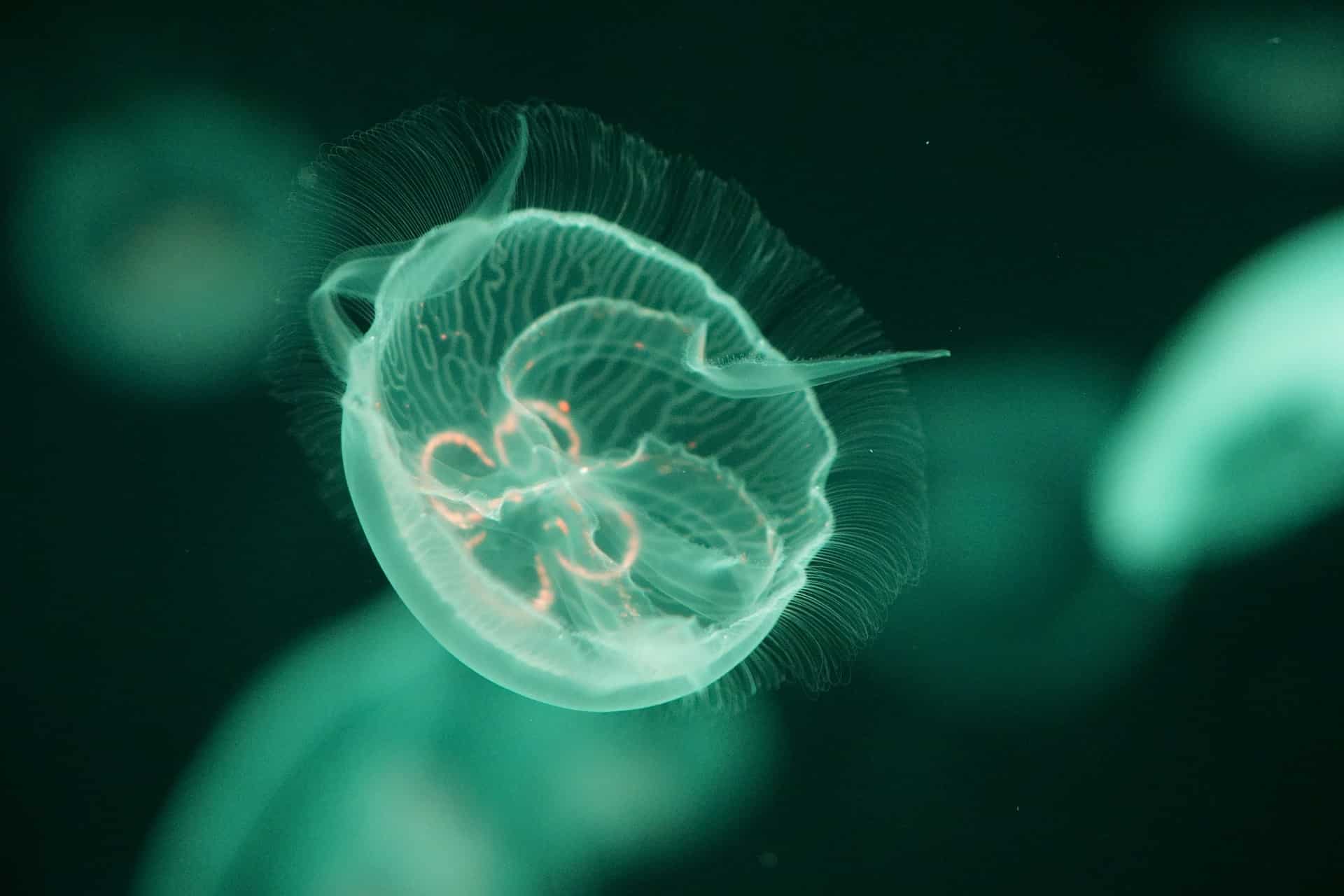The researchers discovered Despite lacking a central brain, Caribbean box jellyfish can learn through associations. This cognitive ability, previously thought to require the central nervous system, was observed when jellyfish associate hitting something with visual cues in order to avoid future collisions. The experiments conducted were designed to mimic the organism’s natural environment and yielded biologically meaningful observations. Further study of the jellyfish’s tiny “eye-brain” complexes, known as rhopalia, could shed light on the evolutionary origins of learning. These insights could have profound implications for non-biological systems, aid in the development of pattern recognition robots, and contribute to advances in artificial intelligence and machine learning.
- Jellyfish challenge traditional understanding of central brain learning and spark evolutionary insights.
- The company’s distributed neural networks provide AI inspiration for distributed learning systems and underwater robotics.
- Research into jellyfish’s learning mechanisms could enhance adaptive AI algorithms and expand the possibilities of machine learning.
Jellyfish: an unconventional research subject
Jellyfish, part of the ancient phylum Cnidaria, are one of the simplest life forms. Unlike most other animals, they do not have a centralized brain, but instead have a diffuse network of neurons known as a neuropil distributed throughout their body. Despite its simplicity, this primitive nervous system allows jellyfish to perform a variety of complex behaviors such as feeding, mating, and obstacle avoidance. Just a centimeter long, the Caribbean box jellyfish recently surprised researchers by demonstrating its ability to learn associatively.
These findings challenge long-held views about the brain’s need for cognition and learning. Box jellyfish, and perhaps other cnidarians such as sea anemones, are capable of associative learning, a cognitive process previously thought to require the central nervous system. This revelation provides an exciting new perspective on the evolution of learning and cognition and suggests that these abilities may have developed much earlier in the tree of life than previously believed. .
Impact on artificial intelligence and neural networks
Understanding the learning mechanisms of simple organisms like jellyfish can have profound implications for research in artificial intelligence (AI) and neural networks. The decentralized nervous system of jellyfish allows each “eye-brain” complex, or rhopalium, to function and learn independently, providing a unique model of a decentralized learning system.
of study Studies of the moon jellyfish’s neural networks have already provided insights into the regulation of movement and the resilience of the nervous system even when parts of the organism are impaired. Researchers at the University of Bonn have developed a mathematical model to investigate how neuronal excitation leads to efficient movement in jellyfish. This research may contribute to improving the autonomous control of underwater robots based on the jellyfish swimming principle, and the principle may also be more widely applied in the field of robotics.
From biological learning systems to non-biological learning systems
Studying learning mechanisms in box jellyfish may also have implications for the development of non-biological learning systems. By understanding how simple organisms like jellyfish learn and adapt their behavior, we may be able to design AI systems that can learn from their environments and adapt in similar ways. This could lead to more robust and adaptable AI systems that can operate in complex and unpredictable environments.
The implications of this research extend beyond biology to technology, particularly artificial intelligence and machine learning. Insights gleaned from jellyfish learning mechanisms could help develop new algorithms that learn from non-traditional sources, expanding the possibilities of AI and machine learning.
